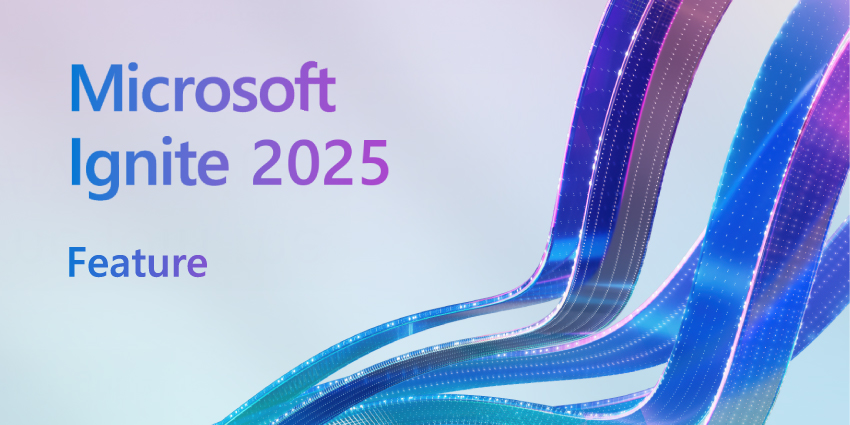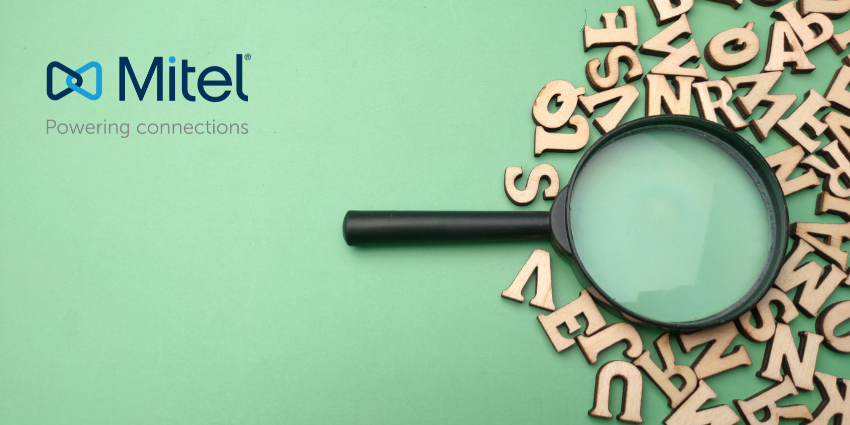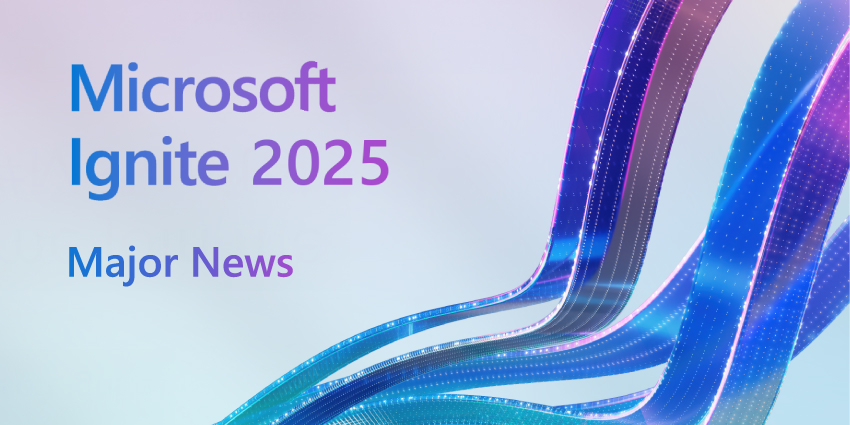Microsoft Ignite 2025 delivered a broad spectrum of announcements centered on AI advancement, data integration, security, and the evolving digital workplace.
From new AI agent capabilities in Microsoft 365 to enhanced security features, the event made clear how Microsoft is betting heavily on AI as a nexus for enterprise transformation. Yet amid this AI- and data-centric spotlight, Microsoft Teams, the cornerstone of collaboration for millions and the leading UC platform, seemed to take a back seat.
Several industry analysts remarked on Teams’ low profile at the event. Xenit AB’s Amanda Sterner noted that “very little Teams” news emerged beyond a quirky update with branded reactions, and much of what was presented had been seen earlier. The North IT Consulting Services’ Satish Upadhyaya highlighted how many announcements were a general release of launches made at prior events. UnifiedCommunications.com’s Ryan Herbst reported little mention of Teams in the keynote outside of updates moving Copilot chat into Teams and enhancing Copilot’s functionality.
However, just because Teams took a back seat in the spotlight at Ignite 2025 does not mean it’s being left behind in Microsoft’s AI journey. As Orderfox Schweiz AG’s David Dogon pointed out, Microsoft is “leaning aggressively into open standards like the Model Context Protocol (MCP) and Agent-2-Agent (A2A),” with a new announcement that enables Teams channel agents to collaborate with third-party applications and AI agents.
This signals that Teams is transitioning from being its main position as a collaboration app to becoming an intelligent orchestration hub quietly embedded with AI and data layers.
- Microsoft Ignite 2025: New MCP Integration Links Teams Agents Across the Enterprise AI Stack
- Microsoft Ignite 2025: The Rise of AI Agents and Copilot in Security, Identity, and Data
What Teams received: MCP integration and agent collaboration
While Teams might not have dominated the headlines, its most impactful update was the integration of the MCP for its channel agents.
MCP is a communication framework that standardizes collaboration between AI agents and third-party applications, allowing data sharing and workflow automation to flow seamlessly across organizational tools without manual intervention.
This means Teams channel agents can act as intelligent coordinators across software ecosystems. For example, a product launch team can ask a Teams agent about blockers listed in disparate platforms such as Jira or Asana and get a consolidated, actionable view without leaving Teams.
Beyond simply surfacing information, these agents can orchestrate complex workflows, such as scheduling meetings to resolve identified issues, effectively streamlining operational coordination.
This integration tackles the perennial enterprise problem of data silos, where disparate and isolated systems hinder AI’s true potential and disrupt workflows. With MCP, Teams agents become connective tissue that links data and AI-driven insights across platforms, creating a unified enterprise AI workspace.
Teams as infrastructure: the backbone of modern work
Microsoft Teams remains a dominant player in enterprise communication and collaboration, with over 320 million monthly active users worldwide and adoption by nine out of ten Fortune 100 companies. This highlights how embedded the platform is in many users’ workflows.
Increasingly, Microsoft has been aiming to allow users to complete more work on the platform, with the introduction of Copilot and AI agents. Recent updates of AI agents on Teams channels have allowed users to retrieve business data without leaving the platform.
“Knowledge retrieval continues to improve,” Banting notes. “Employees can ask Copilot to find files, policies, decisions, or past conversations from SharePoint, OneDrive, and Teams without needing to chase down colleagues.”
This new MCP integration, therefore, allows users to expand their capabilities to perform the same feature with external data sources as well. This enables the platform to integrate information from a wider range of a user’s workflow, offering analysis and action with a fuller picture.
As Tim Banting of Techtelligence puts it, moves like this are “reinforcing Teams as the main workspace where human and agent workflows intersect.”
Teams is no longer just a communication tool but is becoming the core fabric that integrates data and AI from across the enterprise, transforming Teams into the hub where people and AI agents cooperate.
Looking ahead: Teams’ position in AI-powered workflow
While Teams wasn’t the star of Microsoft Ignite 2025, the event underscored its evolving role as a vessel through which AI agents can deliver more to users’ workflows.
Having released Facilitator earlier this quarter, introduced a new Admin Agent for Teams at Ignite, and with agents taking center stage this year, it may be obvious where the focus lies.
Yet with all these increased agent capabilities, the ability to use Teams to orchestrate various elements of your workflow looks set to expand.







